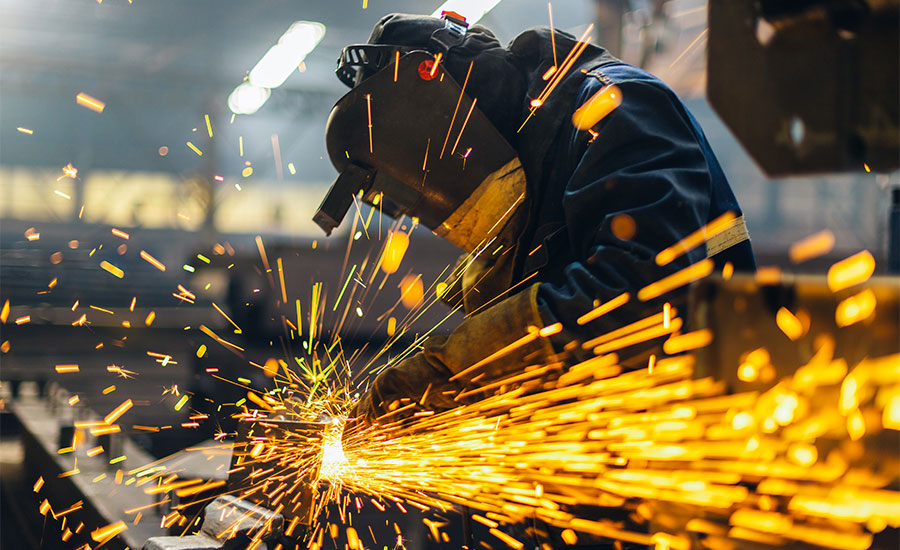Flaws and imperfections make everyone human, but defects in your welding system can be catastrophic.
Finding an exemplary welding service in Georgia can be a task, especially when you need a proper weld inspection before checking an on-site repair. When you notice cracks or infusions in your weld, you probably panic and think of scouring the internet to look for industrial welding solutions in Savannah, GA.
But before that, let’s learn a little about what welding defects are and the common types of welding defects.
What is a weld defect?
Welding is a forging process that involves joining two or more metals or thermoplastics. The joining happens when very high heat is used to melt the parts, and then cooling them down allows them to be joined together.
A weld defect can be a crack, undercut, porosity, or burn-through, weakening the joints that result in complete failure.
These defects can either happen during weld fabrication through an inexperienced or unskilled welder or due to underlying anomalies in the weld operation such as gas welding, arc welding, etc.
Some common welding defects
There are several welding defects that you might encounter; let’s look at their causes.
Weld Crack
This is a significant defect that is not tolerated in the welding industry. It can happen on the surface, the welded metal, or the part affected by intense heat. These happen to depend on the temperature. They can be caused by using Hydrogen while ferrous metals are being wielded, Residual stress from solidification shrinkage, contamination of base material, Low current with high welding speed, or Absence of preheating.
Porosity
You might find tiny, granule gas pores forming in the weld metal. This is what causes porosity.
It takes place because of weld metal contamination. The trapped gases create a bubbly weld that weakens the weld and can crack and even break with time. They are caused by uneven electrode deoxidant, use of a longer arc, moisture, the wrong kind of gas shield, or surface treatment mistakes.
Undercut
This is a common mistake during welding, wherein a portion remains unfilled by the toe of the weld metal. This is the groove formation of the weld toe due to welding imperfections. It reduces the base material’s thickness, resulting in a weak weld and workpiece. They are caused by
fast weld current, high weld speed, or using an incorrect angle which leads the heat more to the free edges
Incomplete fusion
This is caused by a lack of proper fusion between the weld and base material. It might occur between adjoining weld beads, and this gap cannot be filled with molten metal. It is caused by lower heat input, contamination of the surface, incorrect electrode angle, incorrect electrode diameter for material thickness, too fast travel speed, or a large weld pool that runs ahead of the arc.
Incomplete Penetration
When the groove metal is not filled, it only partially extends through the joint thickness. Incomplete penetration is caused by too much space between the metal being welded and moving the bead too fast, which doesn’t let the metal get deposited in the joint. And Using too low an amperage setting, due to which the currents aren’t strong enough to melt the metal properly.
That’s a wrap
Welding is a delicate job requiring attention to detail and sharp focus to get a perfect weld. If you notice these familiar sights of defects in your welding, it might be the right time to call the professionals of industrial welding solutions in Savannah, GA.
Uncontrolled mistakes might happen, but they can be fixed if not noticed, leading to the loss of both the material and the property.

